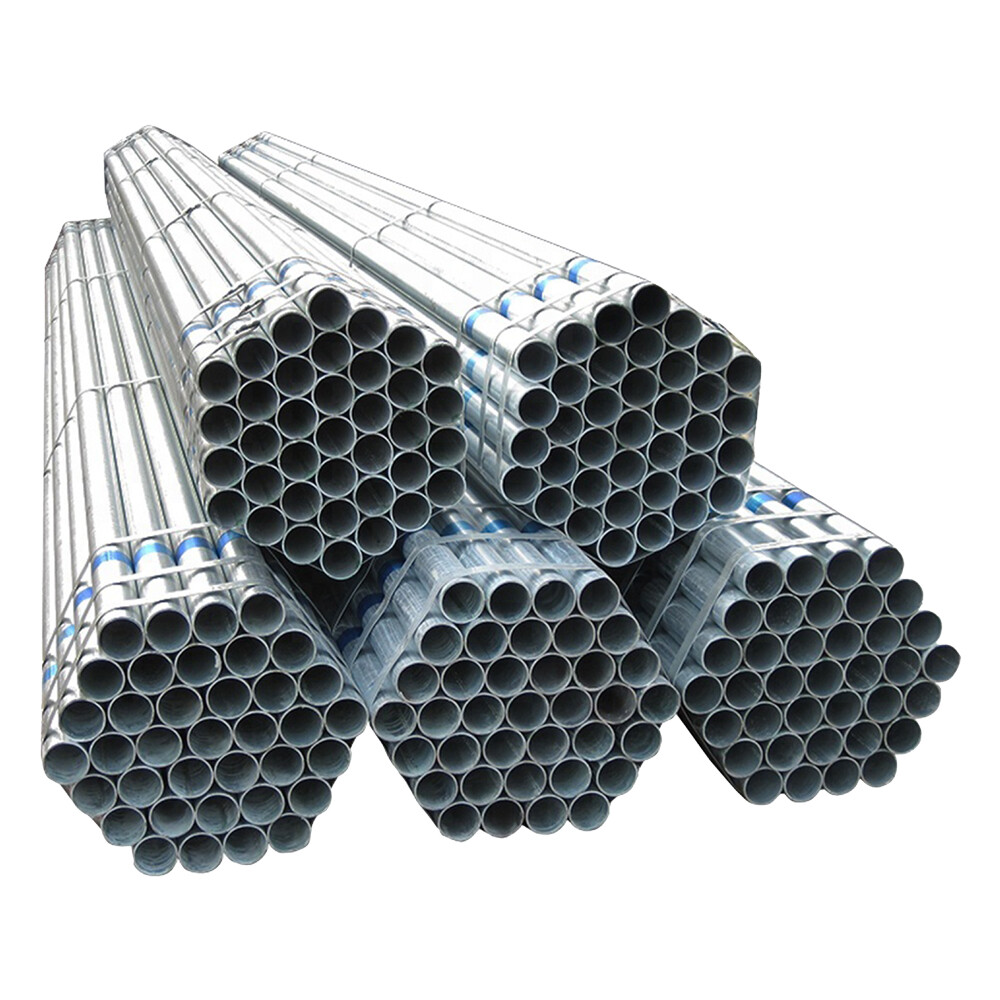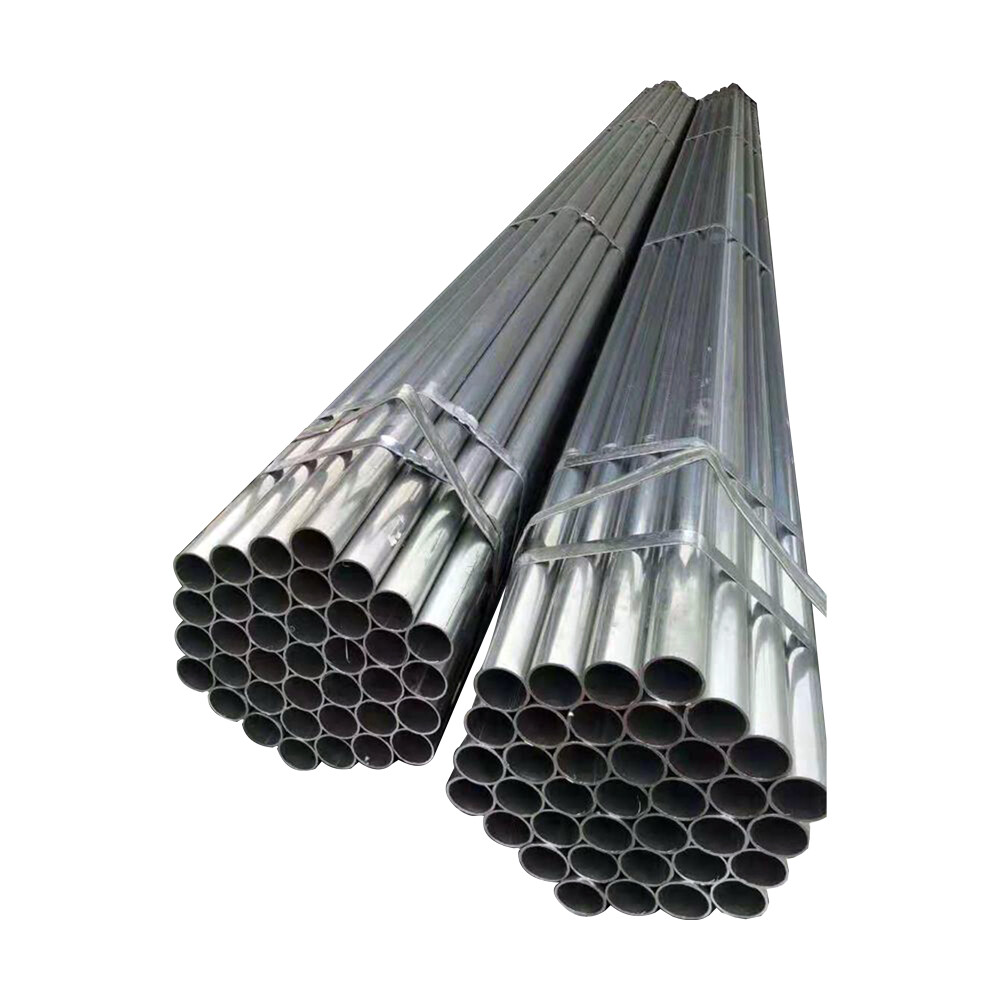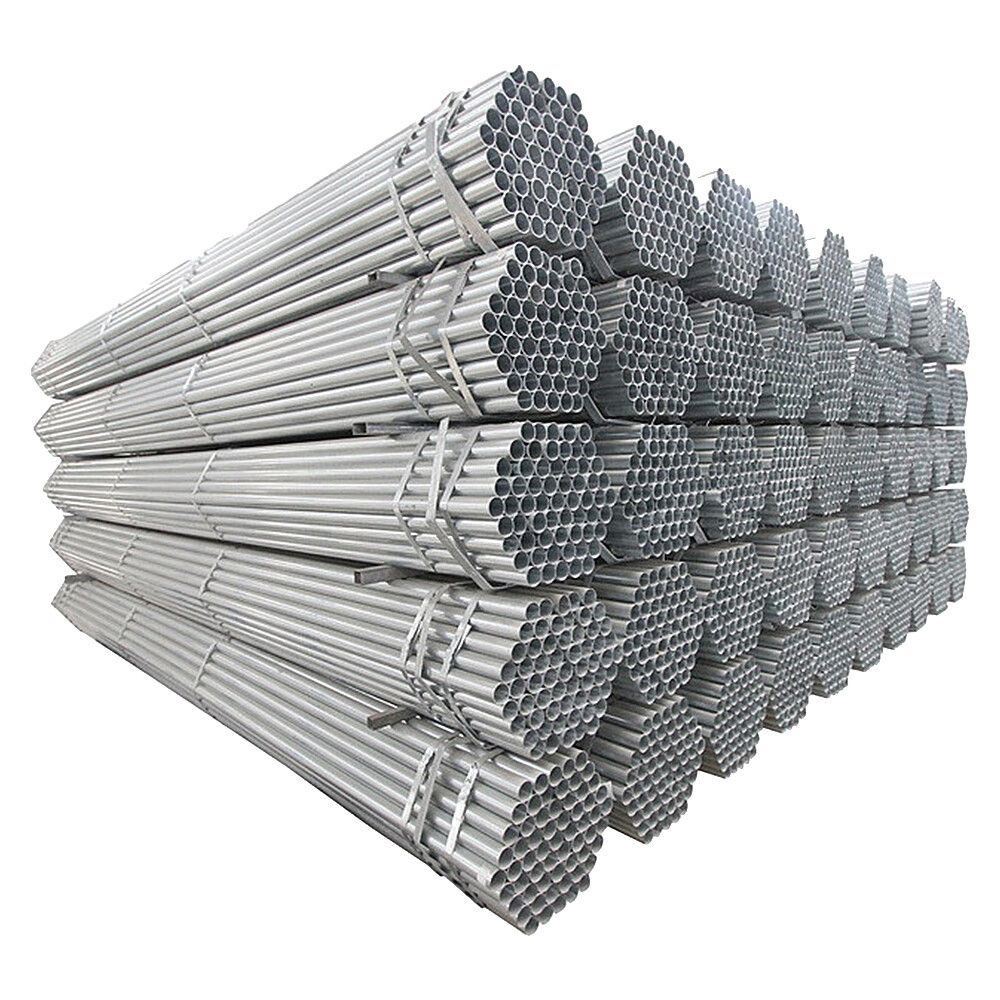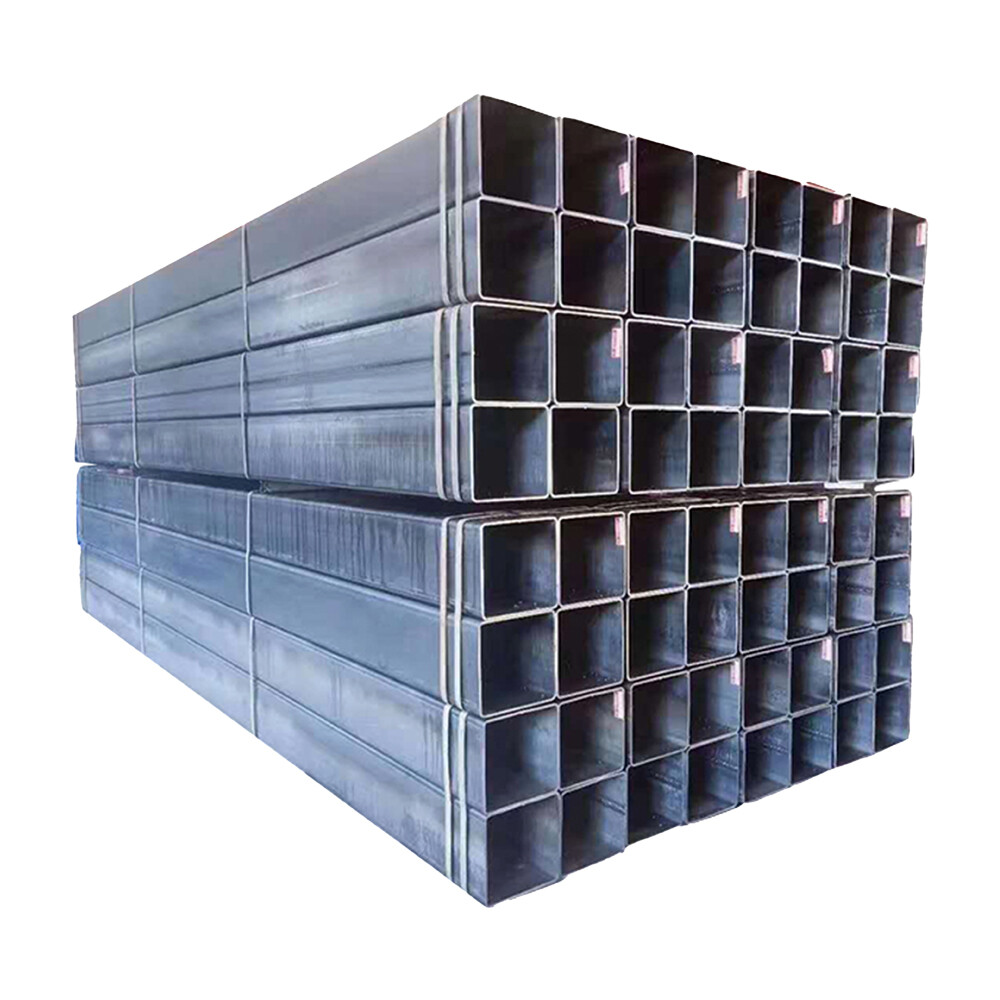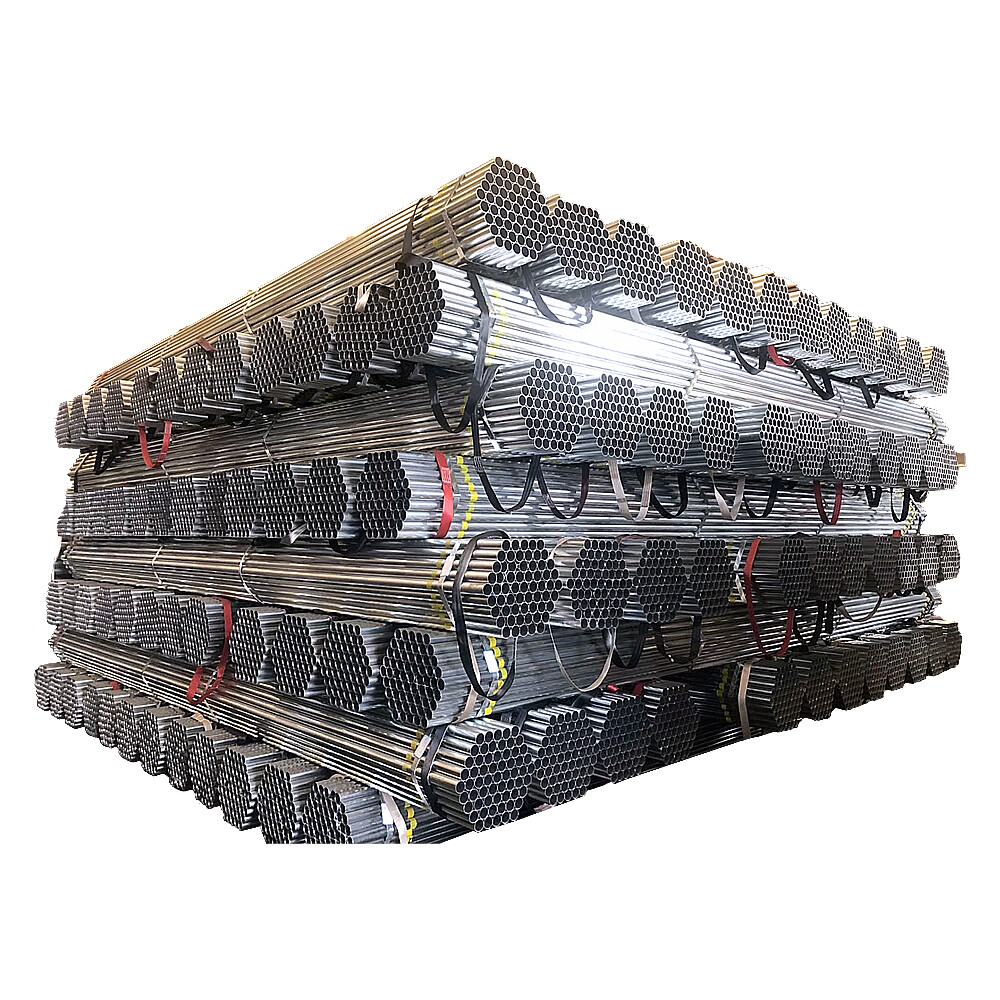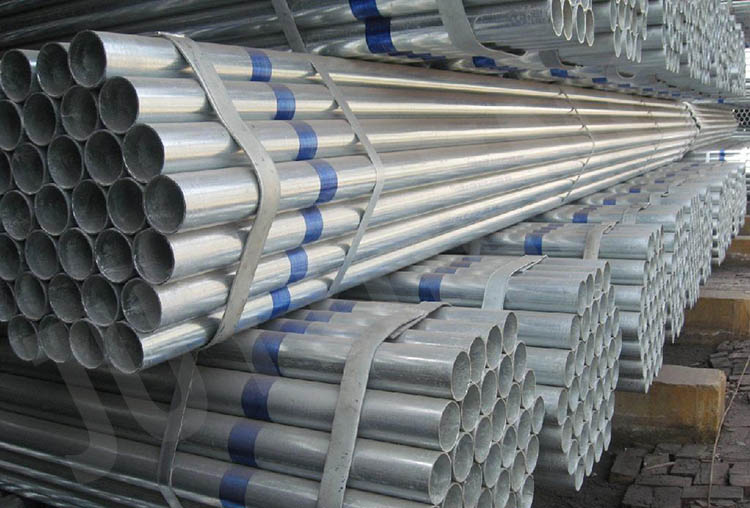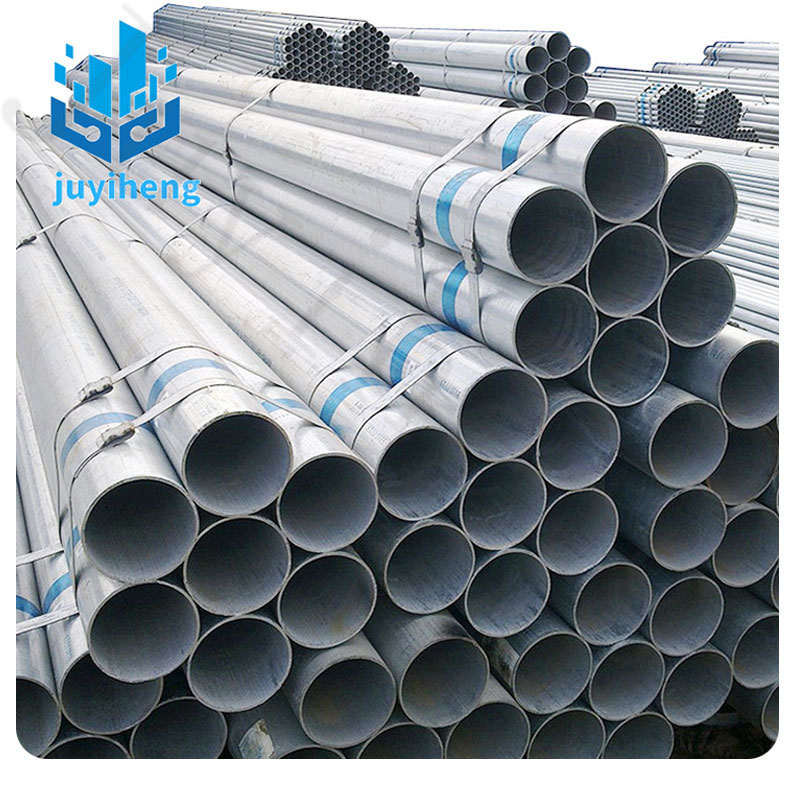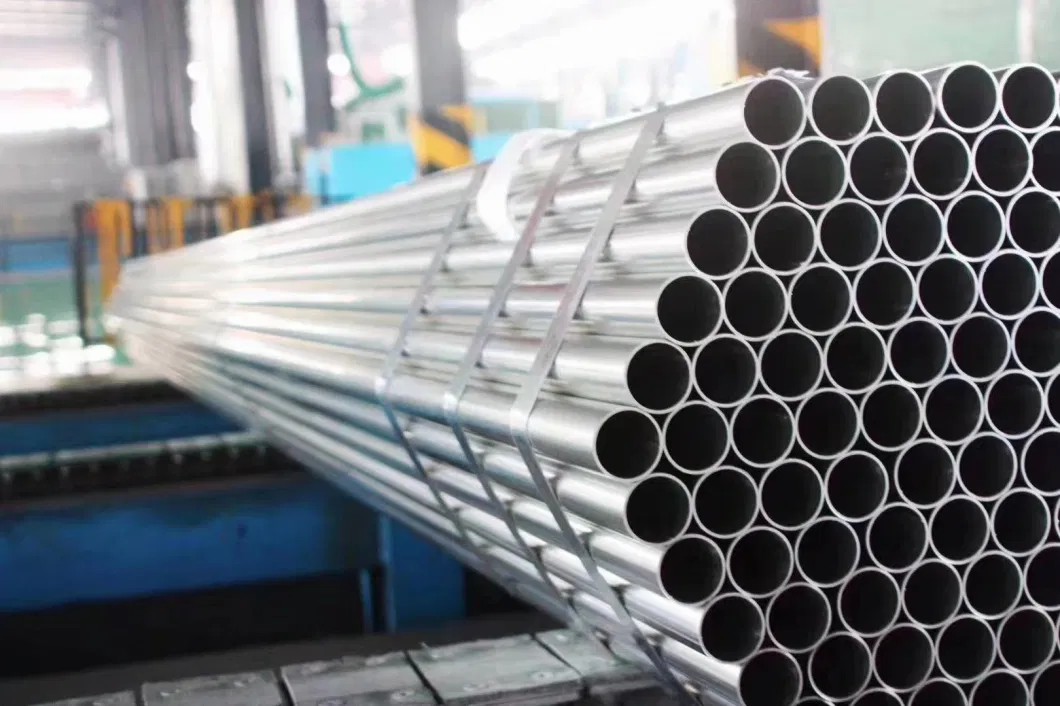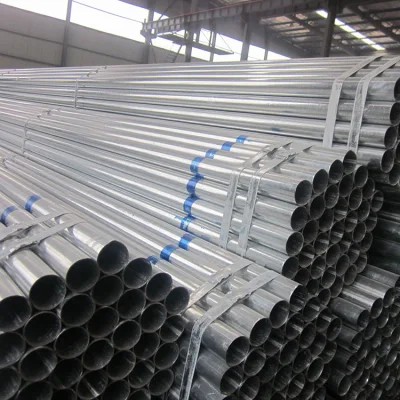PRODUCTS CENTER
PRODUCTS
Product Description
Galvanized pipes are widely used. In addition to being used as pipeline pipes for general low-pressure fluids such as water, gas, and oil, they are also used as oil well pipes and oil pipelines in the petroleum industry, especially offshore oil fields, and as oil heaters and condensators in chemical coking equipment. Pipes for coolers, coal distillate wash oil exchangers, pipes for trestle pipe piles, and support frames for mine tunnels, etc.
Specification
Classification of galvanized steel pipes
Galvanized steel pipes are divided into cold galvanized steel pipes and hot galvanized steel pipes.
Hot dip galvanized pipe
Hot-dip galvanizing pipe reacts molten metal with an iron matrix to produce an alloy layer, thereby combining the matrix and the coating. Hot-dip galvanizing is to pickle the steel pipe first. In order to remove the iron oxide on the surface of the steel pipe, after pickling, it is cleaned in an aqueous solution of ammonium chloride or zinc chloride or a mixed aqueous solution of ammonium chloride and zinc chloride, and then sent to in a hot dip plating tank.
Hot-dip galvanizing has the advantages of uniform coating, strong adhesion, and long service life. Hot-dip galvanized steel pipe base. Galvanized pipes undergo complex physical and chemical reactions with the molten plating solution to form a corrosion-resistant zinc-iron alloy layer with a tight structure. The alloy layer is integrated with the pure zinc layer and the steel pipe matrix, so it has strong corrosion resistance.
Hot-dip galvanized steel pipes are widely used in fire protection, electric power and highways.
Cold galvanized pipe
Cold-dip galvanized pipe is electro-galvanized. The amount of galvanizing is very small, only 10-50g/m2. Its corrosion resistance is much worse than that of hot-dip galvanized pipe. Regular galvanized pipe manufacturers, in order to ensure quality, most do not use electro-galvanizing (cold plating).
Only small businesses with small scale and old equipment use electro-galvanizing, and of course their prices are relatively cheaper. The Ministry of Construction has officially announced that cold-galvanized pipes with backward technology will be phased out and cold-galvanized pipes are not allowed to be used as water and gas pipes.
The zinc layer of cold-dip galvanized steel pipe is an electroplated layer, and the zinc layer is layered independently from the steel pipe matrix. The zinc layer is thin, and the zinc layer simply adheres to the steel pipe matrix and falls off easily. Therefore, its corrosion resistance is poor. In new residential buildings, it is prohibited to use cold-dip galvanized steel pipes as water supply pipes.
The zinc layer of cold-dip galvanized steel pipe is an electroplated layer, and the zinc layer is layered independently from the steel pipe matrix.The zinc layer is thin, and the zinc layer simply adheres to the steel pipe matrix and falls off easily.
Therefore, its corrosion resistance is poor. In new residential buildings, it is prohibited to use cold-dip galvanized steel pipes as water supply pipes.
Galvanized steel pipe/tube size
Manufacturing Process of Galvanized steel pipe/tube
The manufacturing process of galvanized steel pipes involves several steps to ensure a durable and reliable end product. Here is a brief overview of the process:
Cleaning: The steel pipes are thoroughly cleaned to remove any impurities or residues, ensuring proper adhesion of the zinc coating.
Pickling: The pipes are then immersed in an acidic solution to remove any mill scale or oxides present on the surface. This step further prepares the steel for the galvanizing process.
Galvanizing: The cleaned and pickled pipes are submerged in a bath of molten zinc. Through a metallurgical reaction known as hot-dip galvanizing, the zinc forms a tightly bonded coating on the steel surface.
Cooling and Inspection: After galvanization, the pipes are cooled and inspected for quality control. This step ensures that the zinc coating is uniform and free from any defects.
What is galvanized steel pipe used for?
Galvanized steel pipes find extensive use in numerous industrial, commercial, and residential applications. Some common applications include:
Water Supply Systems: Galvanized steel pipes are widely used for transporting potable water in residential and commercial buildings. Their corrosion resistance ensures the delivery of clean and safe water.
Plumbing Systems: These pipes are commonly employed for plumbing installations due to their durability and reliability.
Gas Pipelines: Galvanized steel pipes are ideal for gas pipelines, as they can withstand pressure and provide a secure conduit for natural gas distribution.
Outdoor Structures: The corrosion resistance of galvanized steel makes it a popular choice for outdoor structures such as handrails, fences, guardrails, and signposts.
Irrigation Systems: Galvanized steel pipes are suitable for irrigation systems due to their ability to withstand exposure to moisture and soil conditions.
Online Message
Related Products

